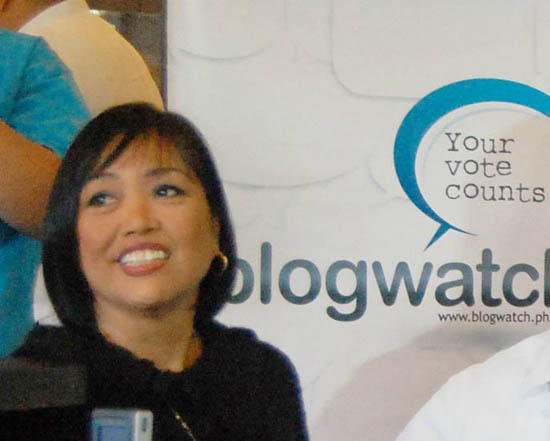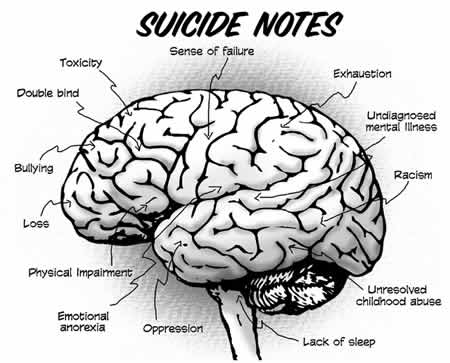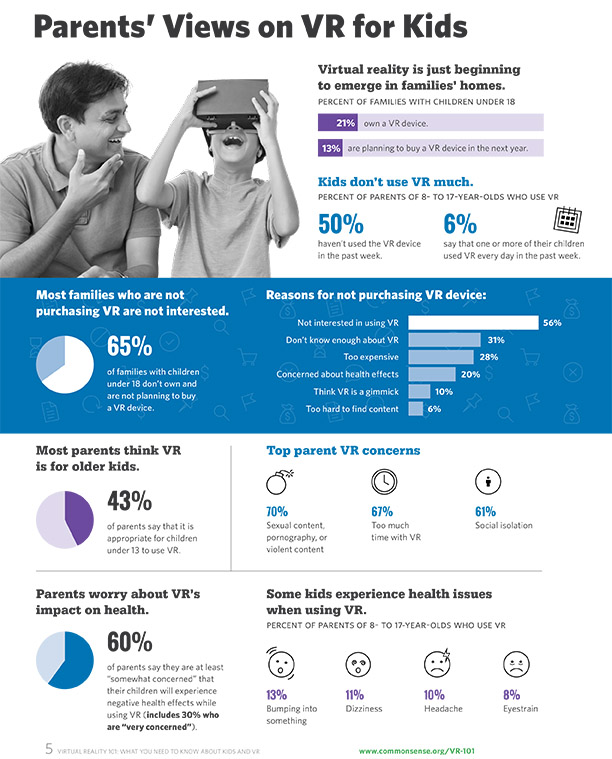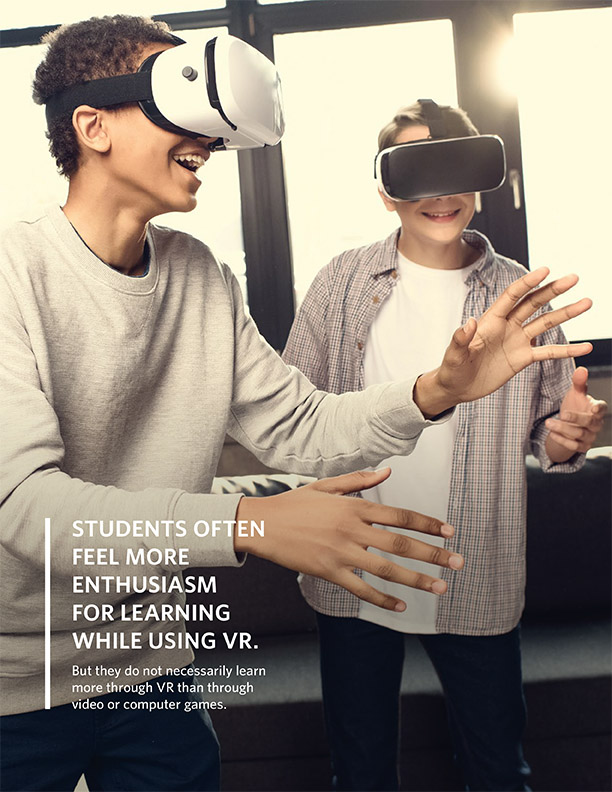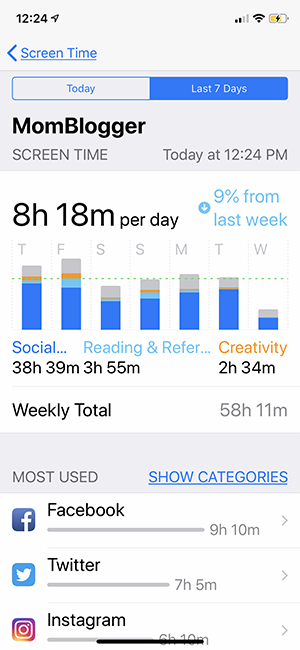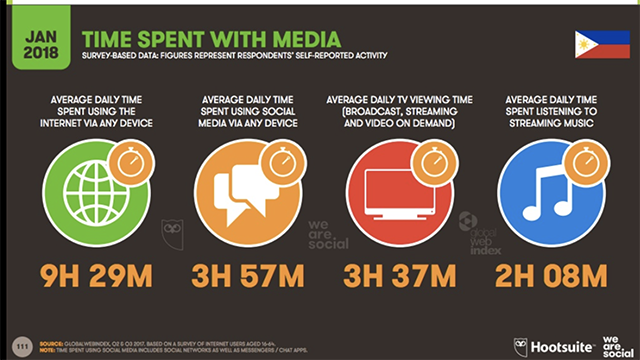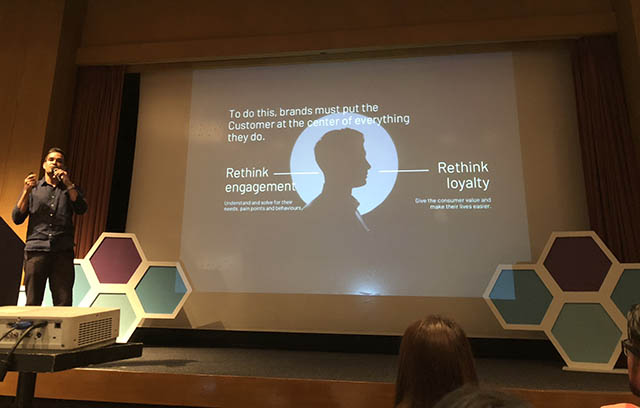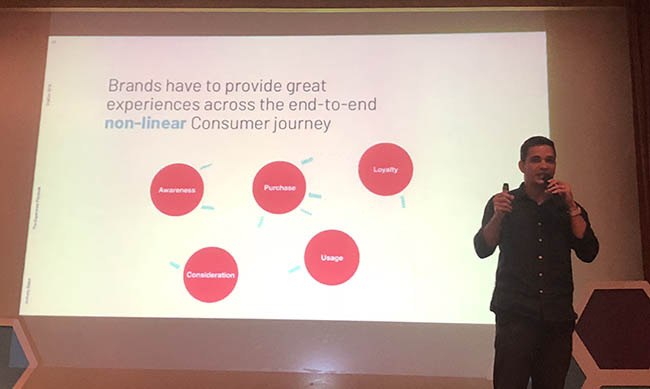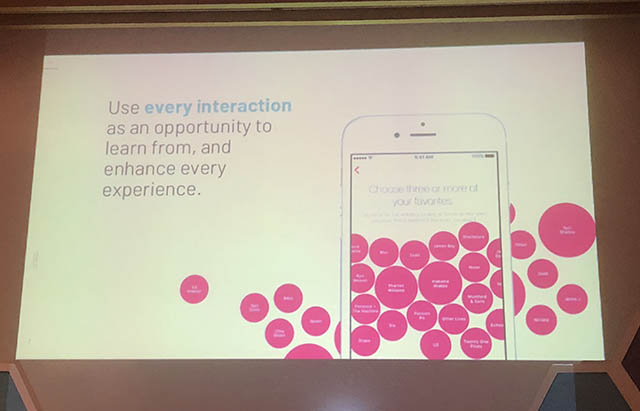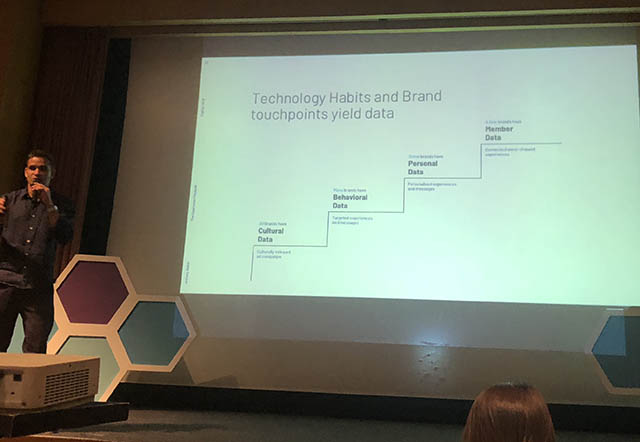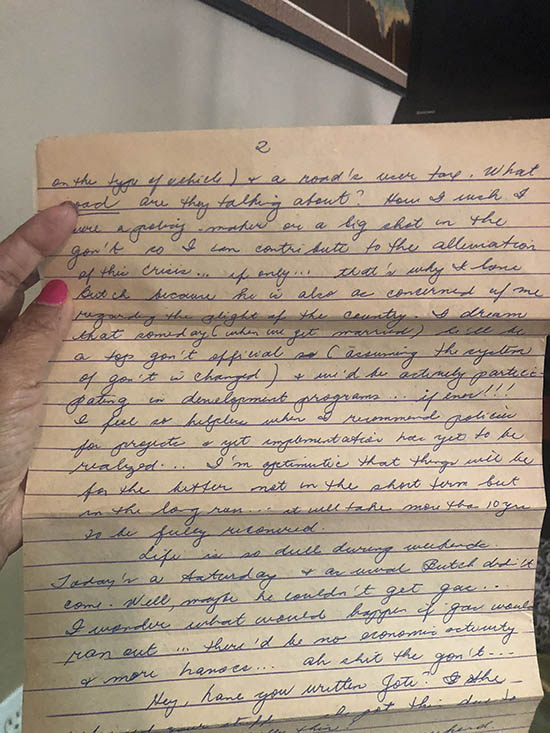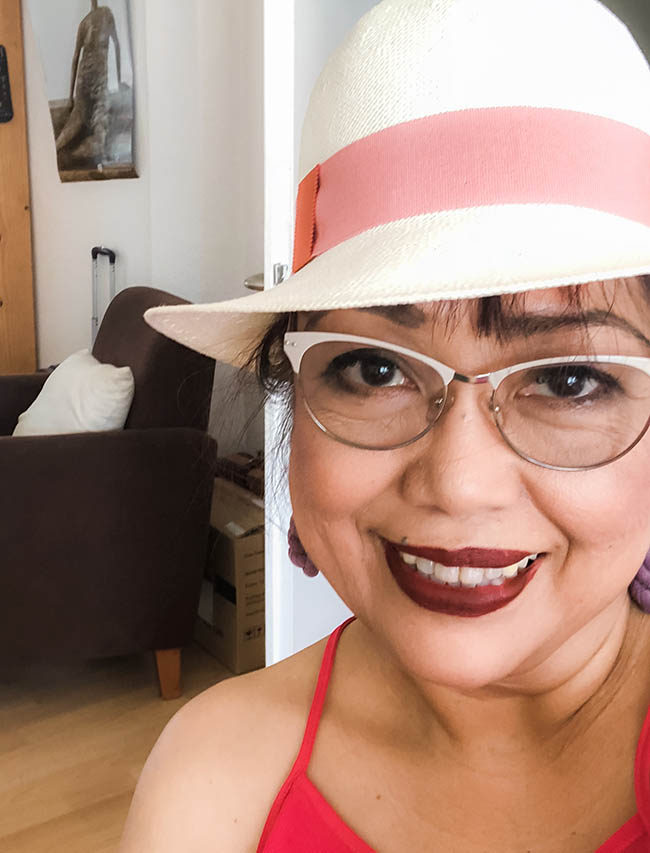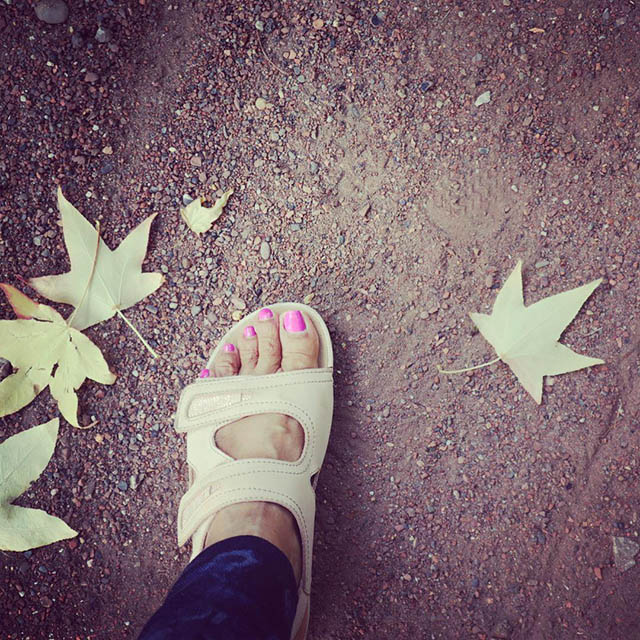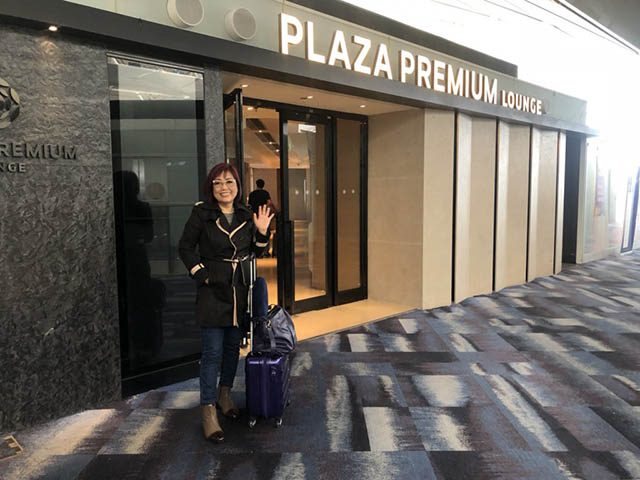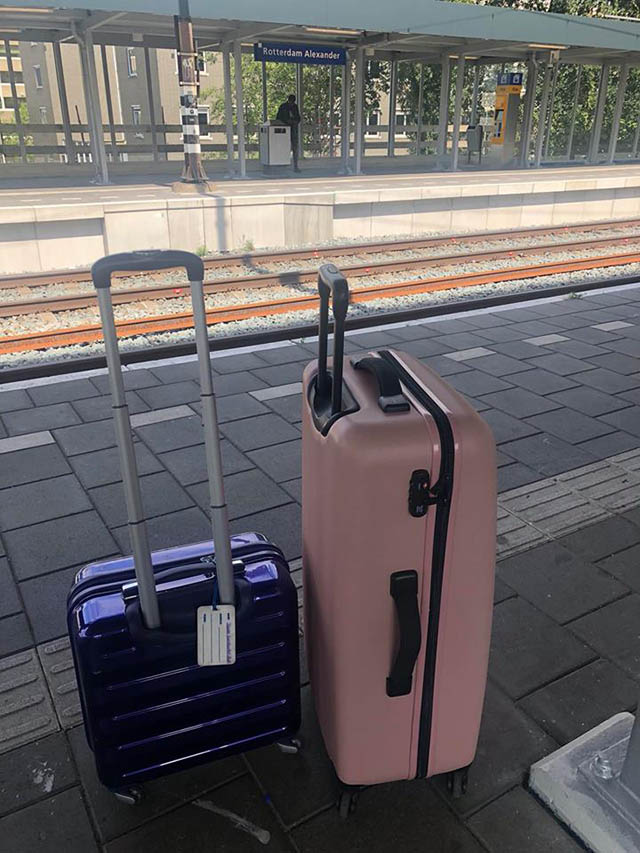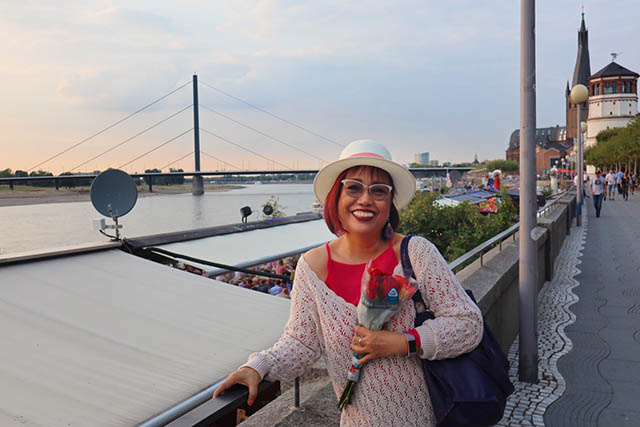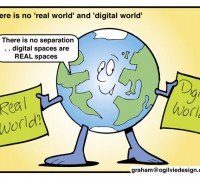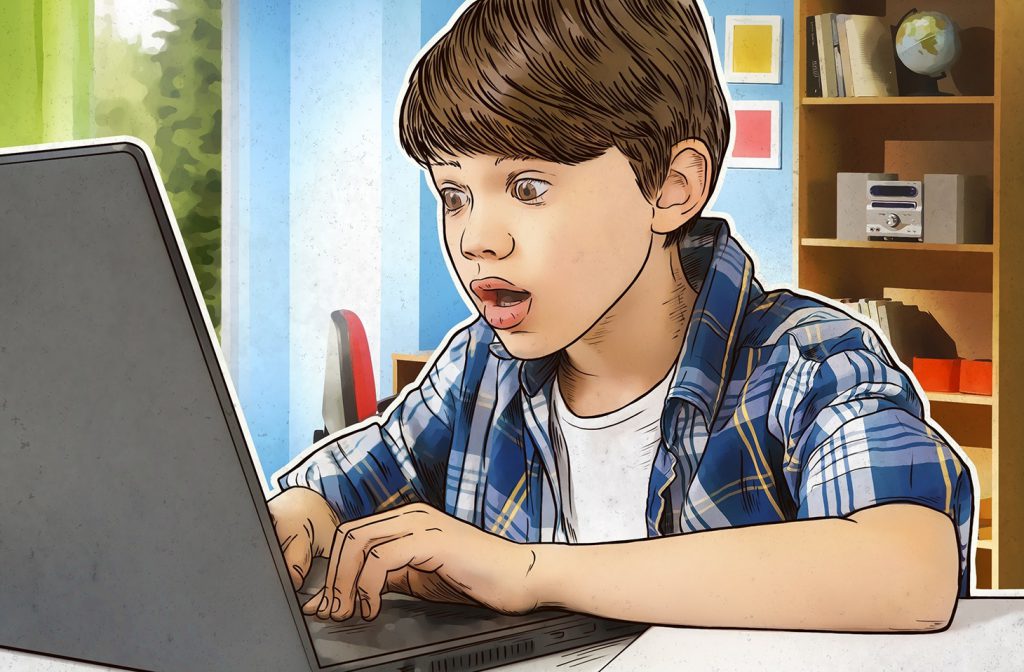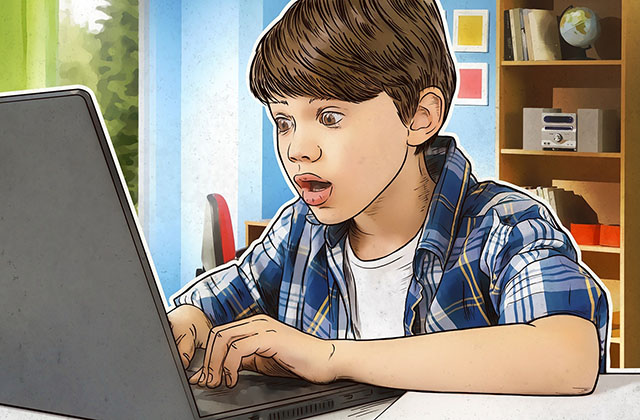How time flies. My blog , Touched by an Angel (aboutmyrecovery.com) is now 13 years old.
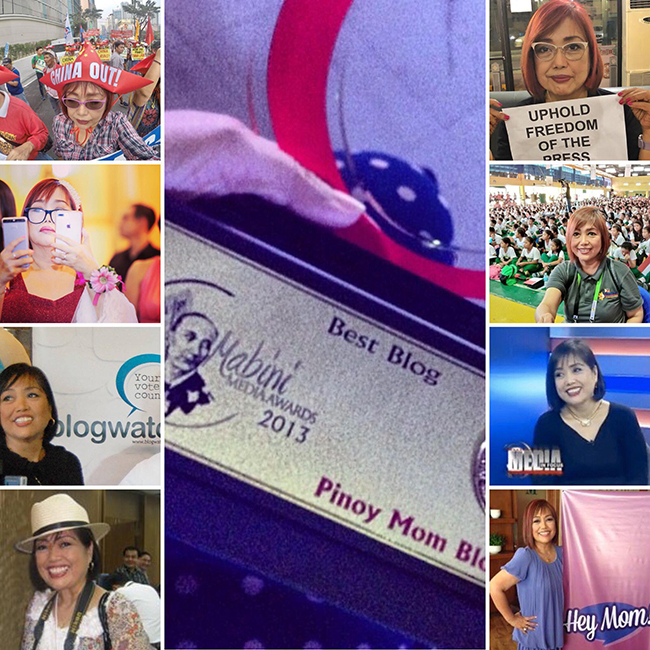 Losing a son felt like the end of the world to me . I wanted to die along with him but I had to remember that I still had two children and a husband to look after. I knew I had to transform my pain to something that will help not only myself but everyone around me. One night as I sat down on my couch, I found out there was no use making sense of my son’s death but there is hope in making sense of my life. I pondered “What can I do about it now?” “How can I help?” or “How do I pick up the pieces and go on living as meaningful as possible?
Losing a son felt like the end of the world to me . I wanted to die along with him but I had to remember that I still had two children and a husband to look after. I knew I had to transform my pain to something that will help not only myself but everyone around me. One night as I sat down on my couch, I found out there was no use making sense of my son’s death but there is hope in making sense of my life. I pondered “What can I do about it now?” “How can I help?” or “How do I pick up the pieces and go on living as meaningful as possible?
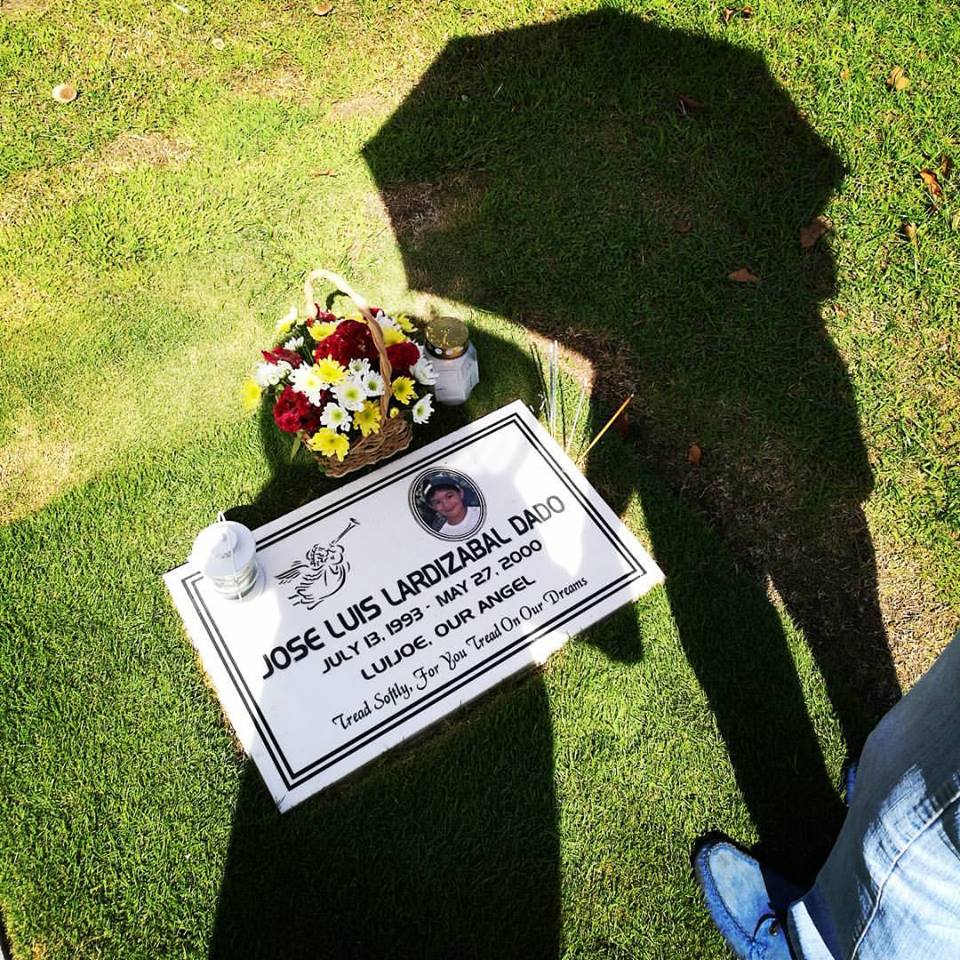
When I look back at my grief journey, the turning point came when I became a blogger. It must have been my angel that touched me that one night.
That is why I chose to call my blog, “Touched by an Angel”.
Looking at my first post in 2006, I merely wanted to give hope to parents, siblings and grandparents that there is a new normal after a loss of a child. I did not know how to blog and merely wrote a few sentences. This is ,my first post :
After being online for the past 10 years, I felt it was time to start a blog. Not that blogs are commonplace but I felt I have a lot to share especially with regards to my grief journey and the transformation that has taken place in the past year.
I chose joy over sadness. It is said that grief is inevitable but misery is optional. I realized that it did no good to sit in my misery pit. It does no good for the loss of my son to lead to the loss of two.
What does do good is doing good. I decided to lead the second part of my life differently and better than I would have imagined in the name of my son, Luijoe. I know that as I reach out to bereaved parents , the world is changed in some small way for the better, and then the actions taken become my living tribute to my son. And then Luijoe is never entirely gone.
Indeed, it was a choice between joy and misery. I transformed my grief to joy in doing something meaningful. I know I would always be grieving for life but I wanted that pain to move to a positive resolution.
Audio-visual presentation during the launch of my ebook
Never in my wildest dream did it occur to me that this new life without my son would open doors to an even more meaningful life. I hope you will indulge me a bit more if I talk about the past 12 years.
The recognition (4 major awards plus two more from a telecom company) helped promote this blog so I could reach out to more who may need comfort.

Best Blog, 1st PUP Mabini Media Awards
February 13, 2014
read more?

Winner, Best Website
Blogs Category
10th Philippine Web Awards
November 23, 2007
read more?
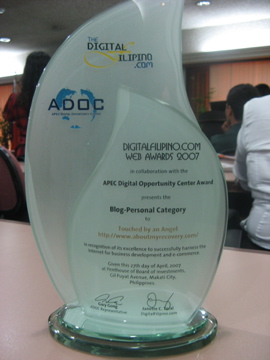
Winner, Blog- Personal Category
DigitalFilipino.com Web Awards 2007
April 27, 2007

Winner, Best Website
Blogs Category
9th Philippine Web Awards
December 7, 2006
The Mabini Media Award is quite unique because it covers all that I am today. It affirms the evolution of my journey as a blogger and a bereaved mom to an active mom blogger who advocates constructive engagement on family and social issues.
Three years after I started this blog, an opportunity presented itself to me to be part of the Automated elections in a 2009 training. I grabbed the chance. I felt sad that the democracy that we fought so hard in 1986 was getting fragile. I felt the same heaviness in my heart as I saw the corruption slowly destroying our country. What will happen to the country that my children will inherit one day? I wanted to be part of the change of transformation of governance.
I chose to be a citizen advocate making change happen, one blog post at a time, one tweet at a time. Being part of that positive change is a meaningful life to me. Blog Watch is so much a part of my life aside from this blog.
Do I miss my beloved Luijoe? Of course , I do. Is there sadness or a tear now and then? Yes. But there is a big difference. The sadness no longer steals the joy away. The awful pain and emptiness lessened as I treasured the memories of the moments spent together, not dwelling on the times which will never happen. That pain is giving me courage to focus on my purpose in life. To live a meaningful life as a citizen advocate, to make a difference by advocating social change for good.
I’d like to thank all of you for being part of that change, of being part of my community.


